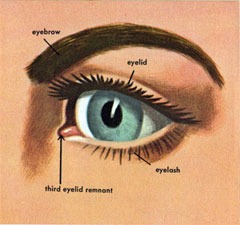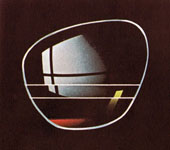
Detecting change and movement in the visual world is a skill that was critical to our evolutionary survival, for instance in the detection of prey and avoidance of predators. So it is no surprise that psychophysical tests reveal that most human observers quickly and easily detect small changes of color, brightness, or position of objects in their visual worlds. Now, human observers blink their eyes quite frequently, sometimes as often as once or twice per second, and each eye blink effectively blinds the observer for 200 milliseconds, i.e., about a fifth of a second. It is therefore no surprise that we have evolved to detect changes in the visual world despite such eye blinks, since there is a good chance that critical changes in the world will occur during a blink. But remarkably it has been found that a few people, suffering from a condition called diachronopsia, are unable to detect changes that occur during eye blinks. They have the normal ability to detect changes that occur while their eyes are open, but are blind to changes that occur when they blink.

This condition is quite rare, since it requires two mutations, one in chromosome 7 and one in chromosome 15. One diagnostic test for diachronopsia involves displays that show an image, than a brief blank screen, and then the original image with a small change. This sequence is repeated in a loop, and the subject simply has to report the small change. For normal human observers this is trivial, since evolutionary pressures have shaped us to be quite good at such a task. But those suffering from diachronopsia find this task surprisingly difficult and have to search the image carefully to find the change. Their search process is not efficient, and it can take a long time for the diachronopsic to detect the change. In some cases, they fail altogether to detect the change.